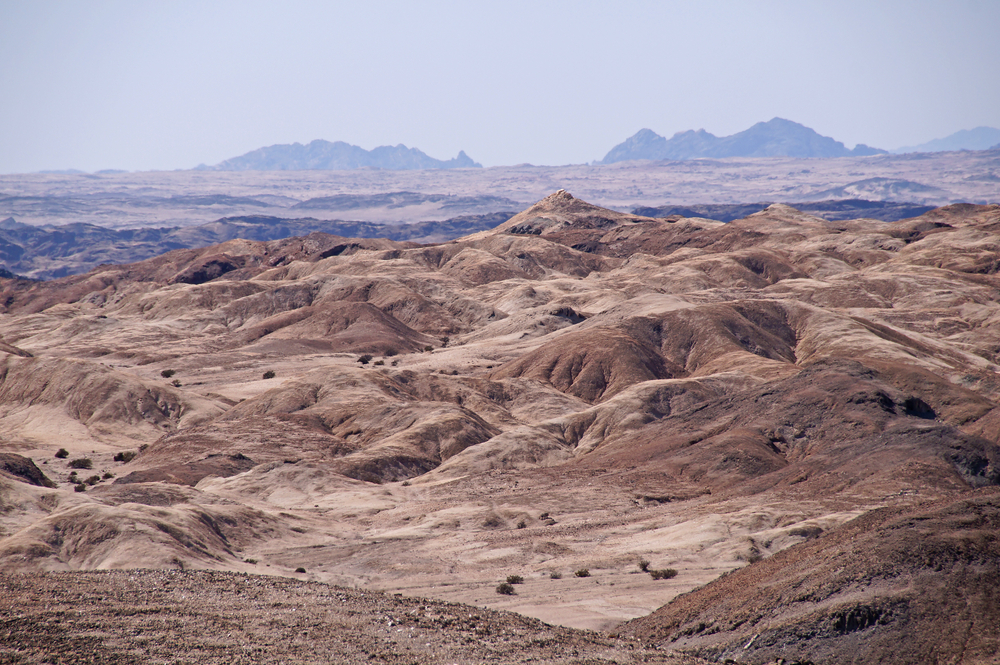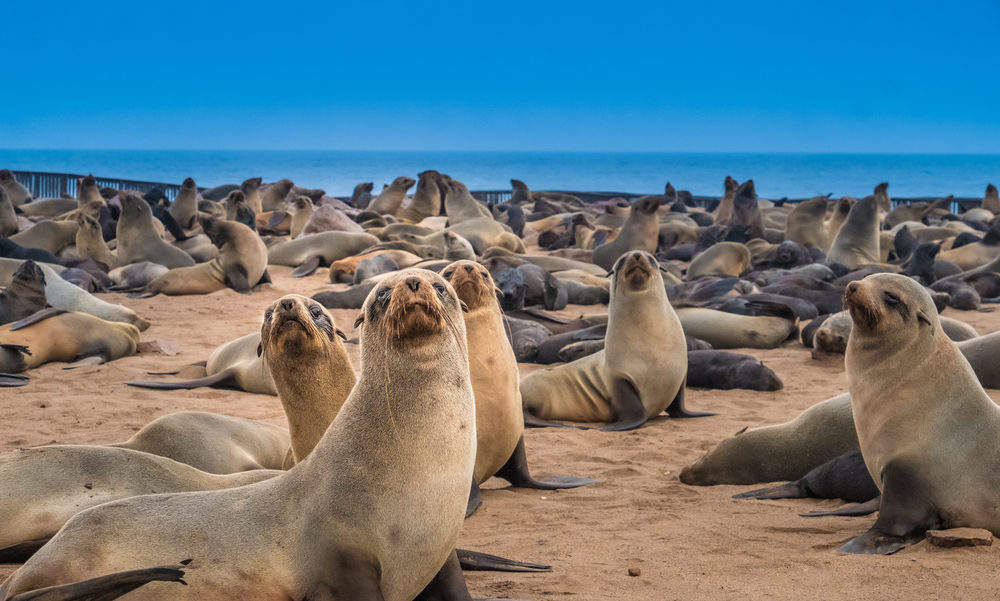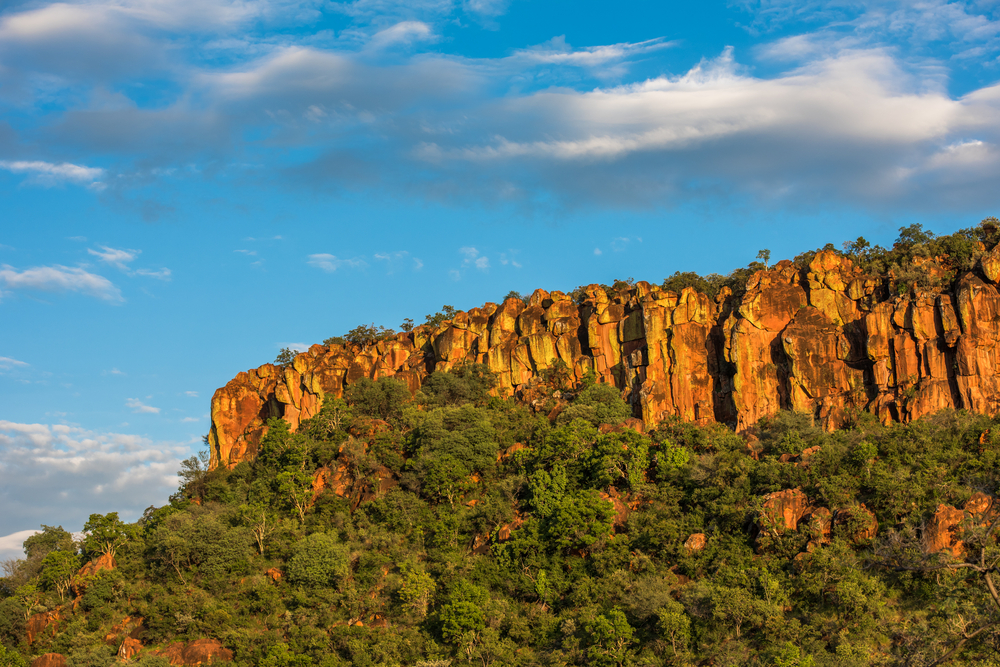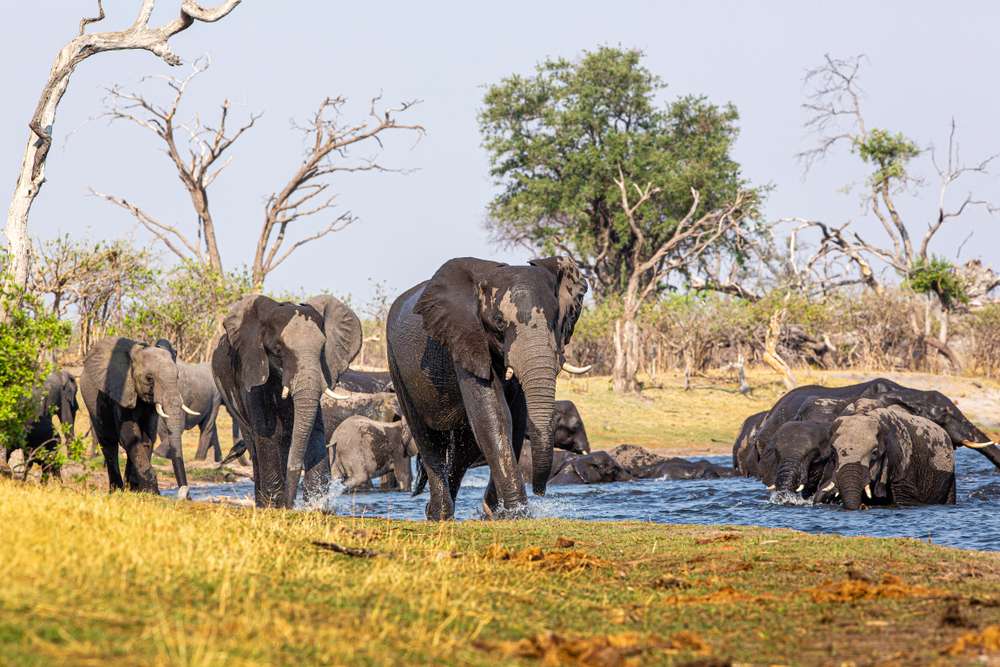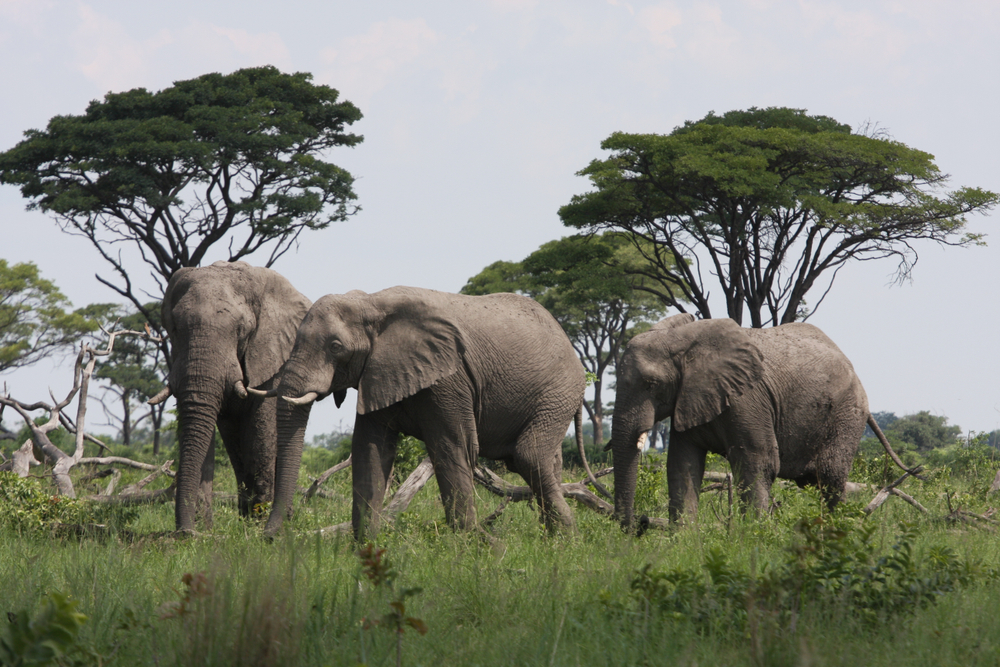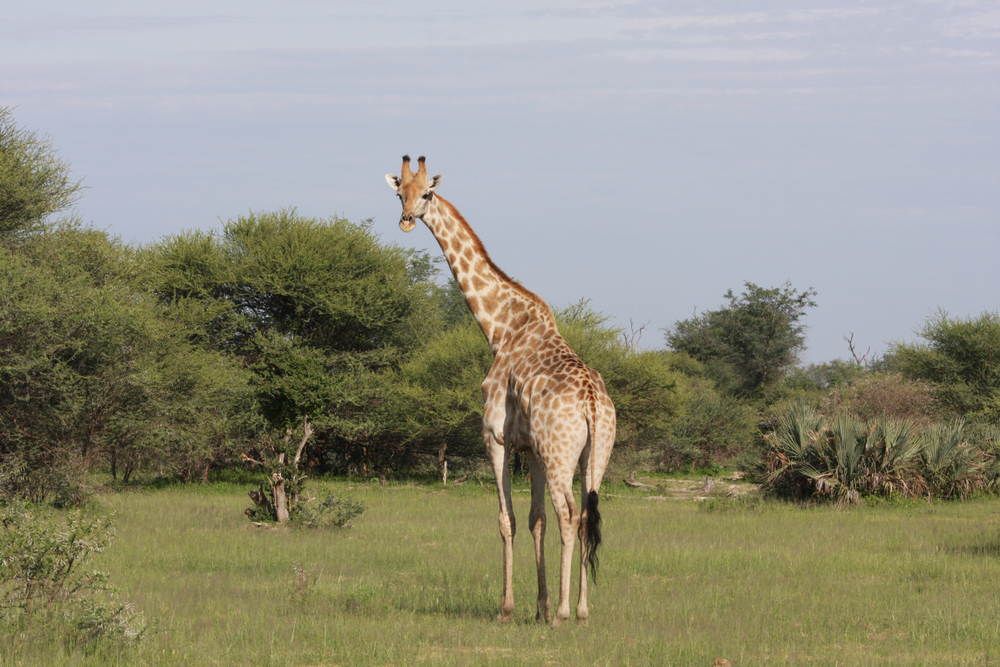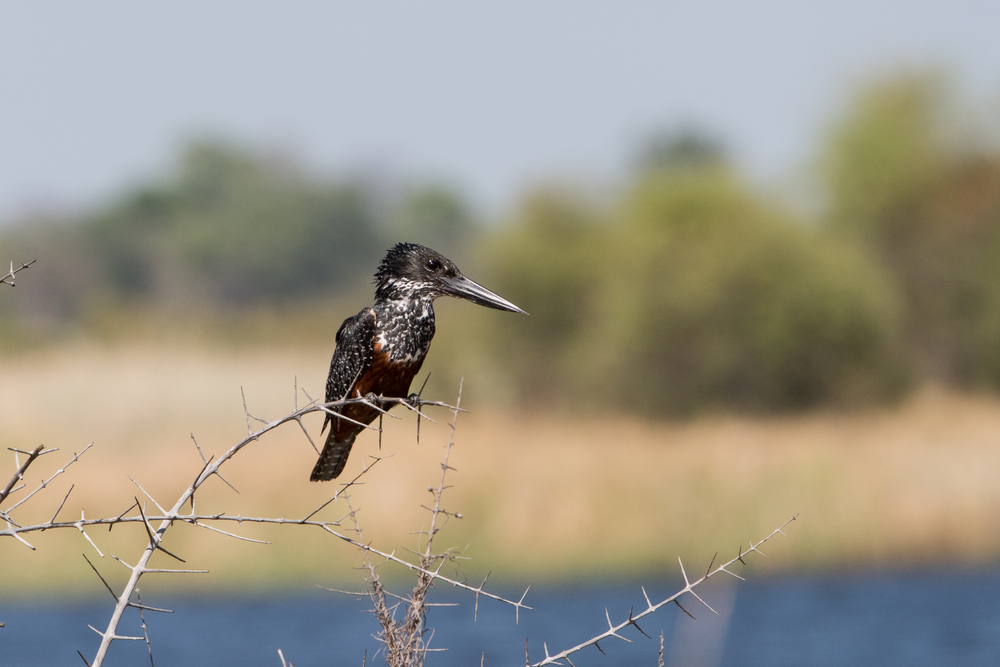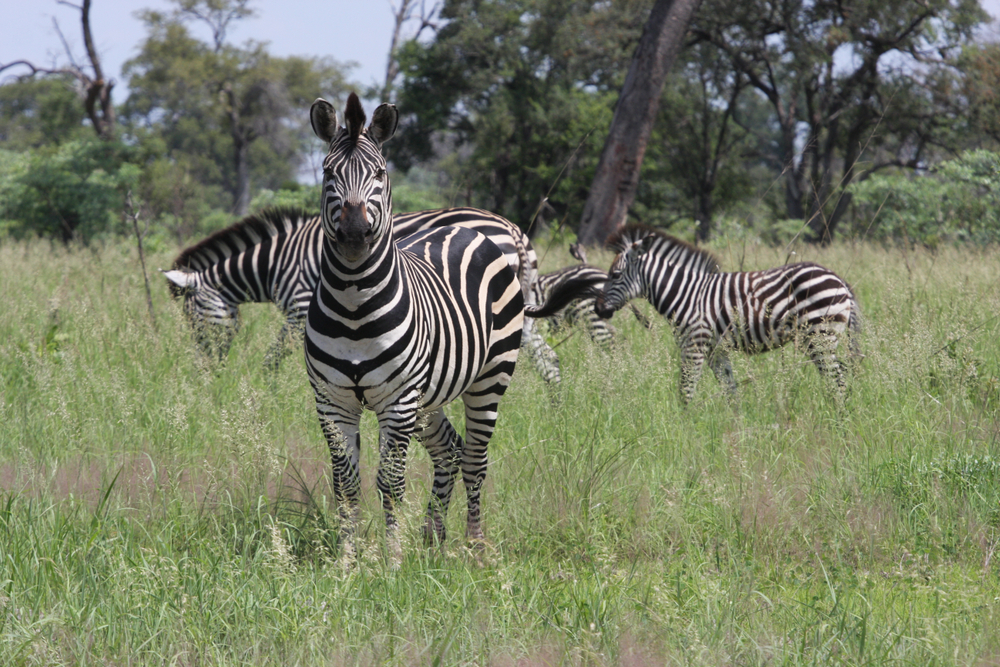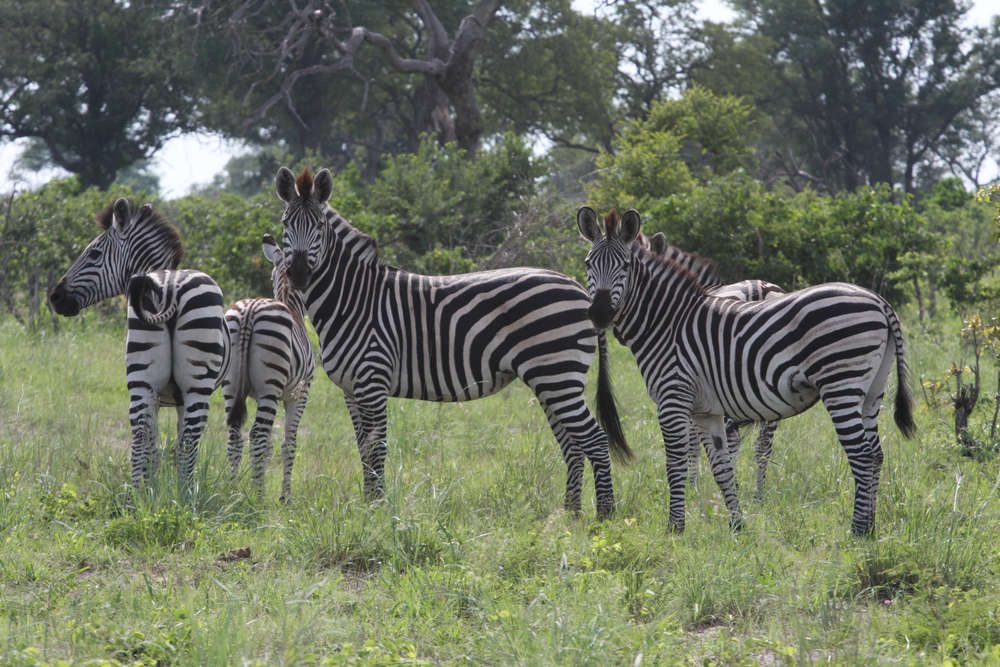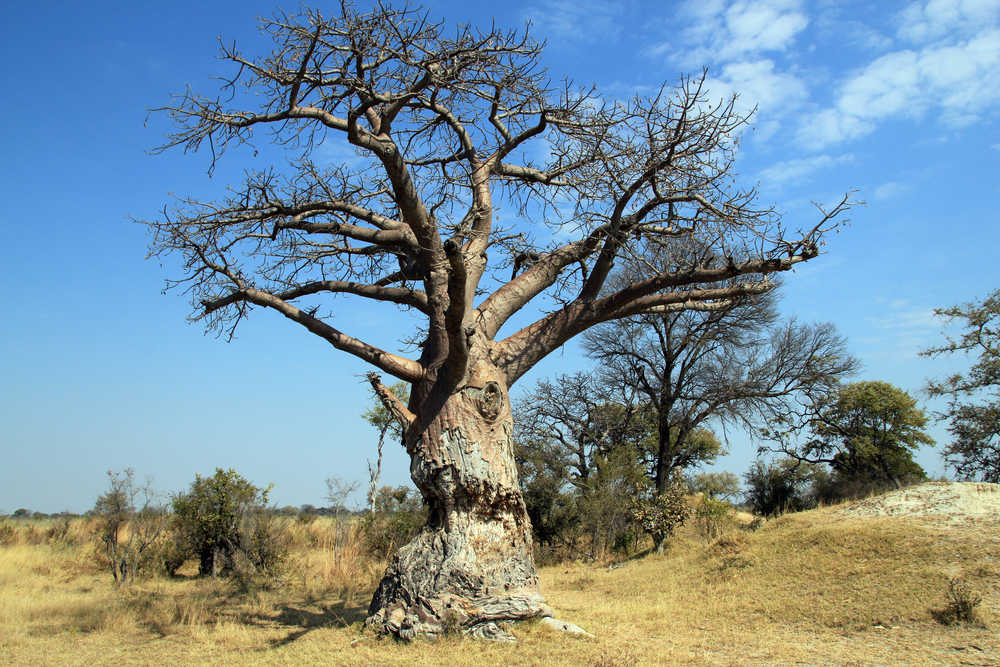Mudumu Overview
Mudumu National Park, located in the Caprivi Strip of Namibia, is a hidden gem in the country’s vast array of natural landscapes. Established in 1990, this relatively unspoiled wilderness spans an area of approximately 1,010 square kilometers (390 square miles). Situated between the Kwando River to the west and the border with Botswana to the east, Mudumu forms part of a larger conservation area that includes several other parks and reserves, creating a vital corridor for wildlife migration.
The park’s landscape is characterized by a mix of dense riverine forests, savannah, and wetlands, providing a diverse habitat for a wide variety of wildlife. Mudumu National Park is home to significant populations of elephants, buffaloes, and antelopes, as well as predators such as lions, leopards, and hyenas. The park’s aquatic environments along the Kwando River are teeming with hippos and crocodiles, making it an excellent location for boat safaris.
One of the unique features of Mudumu National Park is its network of lagoons and channels, which swell during the rainy season, creating a lush, water-rich environment that attracts an abundance of birds and wildlife. This makes the park a birdwatcher’s paradise, with over 400 bird species recorded, including rare and migratory species.
Despite its rich biodiversity and stunning natural beauty, Mudumu remains one of Namibia’s less-visited parks, offering a sense of adventure and exploration to those who venture into its territories. Visitors can enjoy game drives, guided walks, and boat trips, providing close encounters with the park’s wildlife and an appreciation of its tranquil and pristine landscapes.
Mudumu National Park’s commitment to conservation and sustainable tourism practices ensures the protection of its ecosystems and the wildlife that depends on them. For nature enthusiasts seeking an off-the-beaten-path experience, Mudumu offers an authentic wilderness experience in one of Africa’s most beautiful and diverse regions.
Park Map
Mudumu National Park Highlights
Engaging Mudumu
Mudumu National Park Trails
Sources
- Exploring Tourism Namibia, Mudumu National Park, http://www.travelonamibia.com/places-to-visit/mudumu-national-park/#.Xzl23C2z2uU, retrieved March 2023.
- Info Namibia, Mudumu National Park, https://www.info-namibia.com/activities-and-places-of-interest/caprivi/mudumu-national-park, retrieved March 2023.
- Ministry of Environment, Mudumu National Park, http://www.met.gov.na/national-parks/mudumu-national-park/223/, retrieved March 2023.
- NACSO, Mudumu National Park, http://www.nacso.org.na/national-parks/mudumu-national-park, retrieved March 2023.
- Namibia Tourism, Mudumu National Park, https://www.namibiatourism.com.na/uploads/file_uploads/Mudumu%20National%20Park.pdf, retrieved March 2023.
- Your African Safari, Mudumu National Park, https://www.yourafricansafari.com/parks/mudumu, retrieved March 2023.












































































